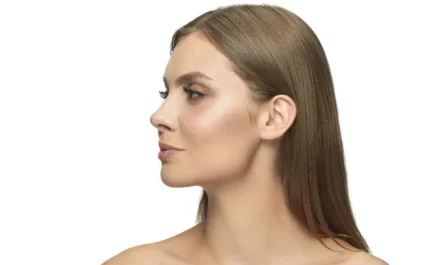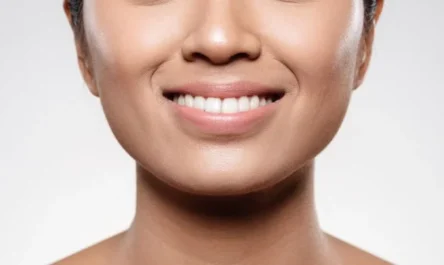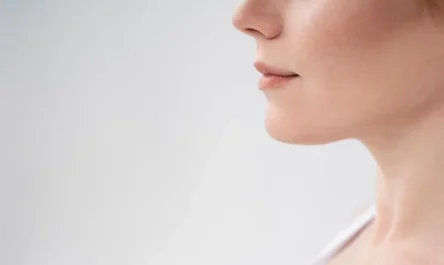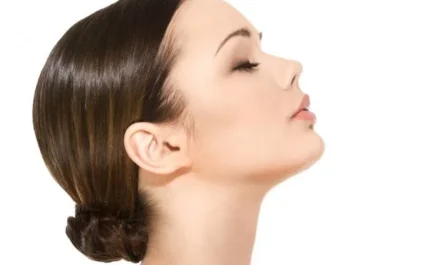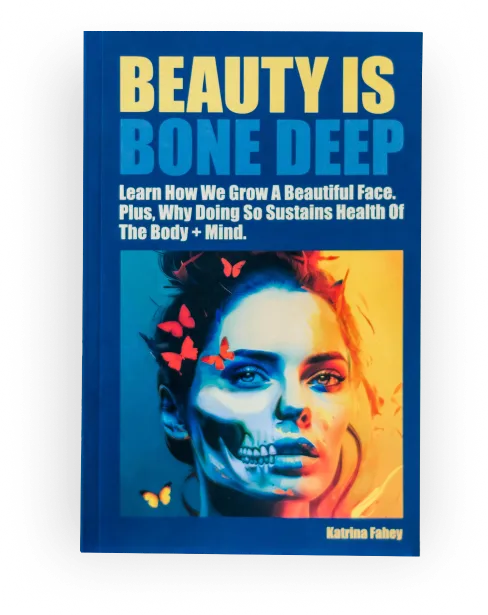The impact of jaw alignment on crooked teeth
Unfortunately, crooked teeth are only one of several symptoms created by the weak modern face. The relationship between your upper and lower jaws’ occlusion (how the jaws meet) determines the size of your oral cavity, how much room your tongue has to sit forward and away from the lower airway, plus how effectively you speak, break down food, and absorb nutrients.
It’s been proven that primitive people mostly had straight teeth (or at the very least minimal crowding issues) but, in modern Western populations, crooked teeth are common.
What causes crooked teeth in children
When bad habits form early in life, your tongue and lips are not functioning correctly so crowded teeth and underdeveloped jaws are the result. These are commonly referred to as incorrect myofunctional habits.
Additionally, allergies, asthma and open mouth posture intensify the issue and most children have at least one of these problems contributing to incorrect dental and facial development.
As a child grows, their jaw is influenced and reshaped by facial muscles. When functioning properly, the tongue is in correct posture (when the mouth is predominantly closed) and they have the ability to reach their full genetic potential with enough room for their front and back teeth to fit into their respective positions. If a child is a mouth breather, their tongue is unable to rest in the correct posture and the mouth will remain open, restricting jaw growth and resulting in an undeveloped face. Upper teeth will not have enough space and the lower jaw is forced back down.
How to fix crooked teeth
Crooked teeth can affect the appearance of your smile and have an impact on your overall self-esteem. Whilst more serious concerns can lead to complications such as gum disease which would need intervention from a dental specialist, there are some steps that you can take to reduce the risk of developing crooked teeth or worsening your condition.
You may have heard of the practice of ‘mewing’. Mewing is the name used for a set of exercises aimed to improve the aesthetics of your face and jaw, placing a strong emphasis on tongue posture and breathing through your nose to encourage natural development and alignment of facial structures. Some of the exercises that are aimed at the concerns of crooked teeth include:
Tongue Posture
Placing your tongue on the roof of your mouth, with the entire tongue including the back against your palate.
Nasal Breathing
Breathing through your nose rather than your mouth.
Postural Changes
Correct head, neck, and body posture support facial balance and development.
Facial Exercises
Mewing exercises focused on strengthening and toning facial muscles are considered beneficial for symptoms of crooked teeth.








